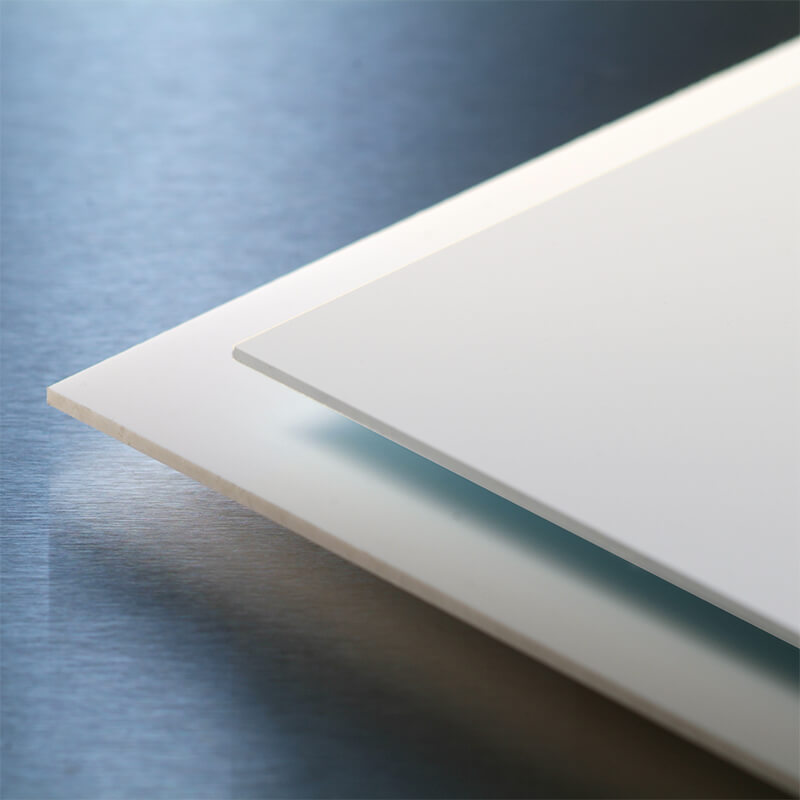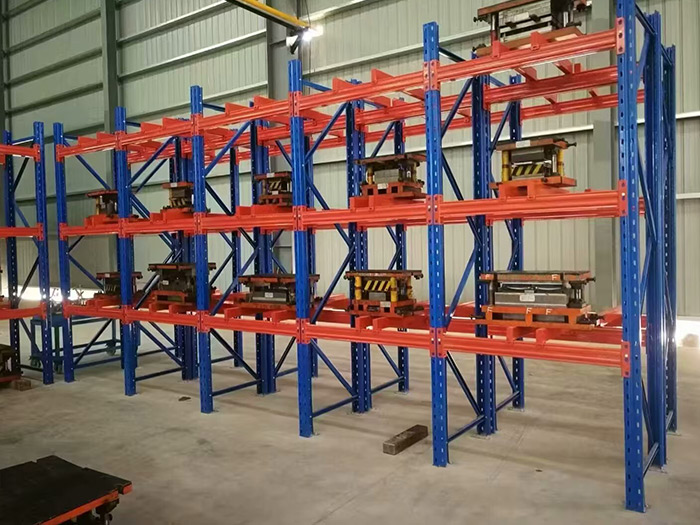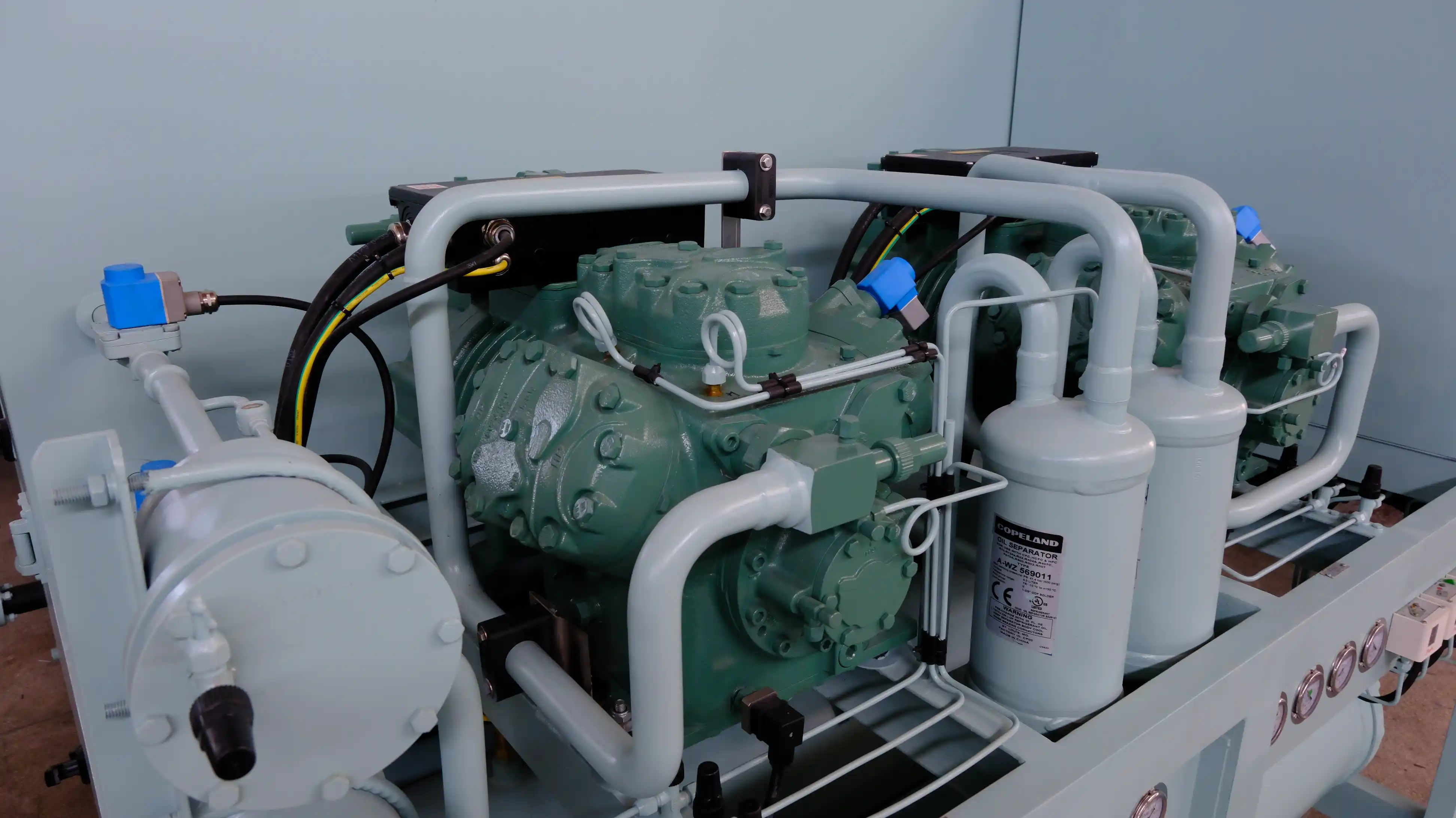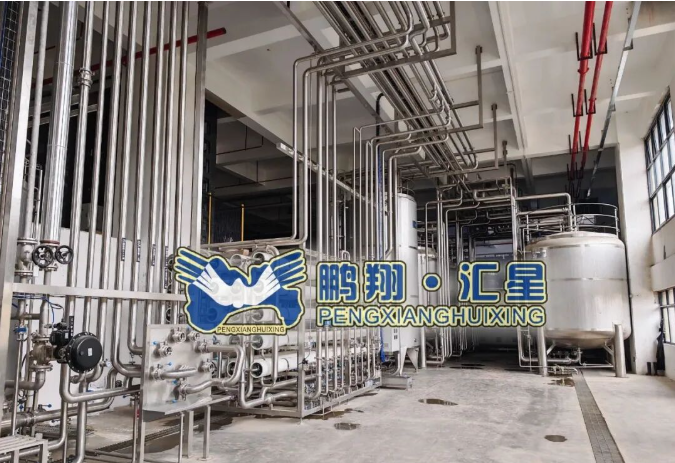The Hidden Dangers of PVC Material: Unveiling the Health and Environmental Risks

PVC, also known as polyvinyl chloride, is a widely used synthetic material in various industries. From construction and automotive to healthcare and packaging, PVC has found its way into our daily lives. However, beneath its versatile applications lies a hidden danger that poses risks to both human health and the environment. In this article, we will delve into the potential hazards associated with PVC material, shedding light on its adverse effects and exploring alternative solutions.
- Health Risks:
PVC contains toxic chemicals, such as phthalates and dioxins, which can have detrimental effects on human health. Phthalates, commonly used as plasticizers in PVC products, have been linked to hormonal disruptions, reproductive issues, and developmental abnormalities. Dioxins, formed during the manufacturing and incineration processes of PVC, are known to be carcinogenic and can accumulate in the food chain, posing long-term health risks. - Environmental Impact:
The production and disposal of PVC material have significant environmental consequences. PVC is derived from fossil fuels, contributing to greenhouse gas emissions and climate change. Moreover, the incineration of PVC releases toxic pollutants into the air, soil, and water, leading to soil contamination, water pollution, and harm to wildlife. The non-biodegradable nature of PVC also exacerbates the problem of plastic waste, as it persists in the environment for hundreds of years. - Safer Alternatives:
Fortunately, there are safer alternatives to PVC material that can mitigate the associated risks. One such alternative is bio-based plastics, derived from renewable resources like cornstarch or sugarcane. These materials are biodegradable, reducing the environmental impact and minimizing the health risks. Additionally, other types of plastics, such as polyethylene and polypropylene, have lower toxicity levels and can be used as substitutes for PVC in various applications. - Regulatory Measures:
Recognizing the dangers of PVC, regulatory bodies and governments have implemented measures to restrict its use. The European Union, for instance, has banned certain phthalates in PVC products intended for children. Similarly, some countries have imposed regulations on the disposal and incineration of PVC waste to minimize environmental contamination. These measures aim to protect human health and preserve the ecosystem.
Conclusion:
While PVC material offers versatility and convenience, it comes with significant dangers that should not be overlooked. The health risks associated with toxic chemicals and the environmental impact of PVC production and disposal highlight the need for alternative solutions. By embracing safer alternatives and implementing stringent regulations, we can safeguard our health, protect the environment, and pave the way for a sustainable future.



